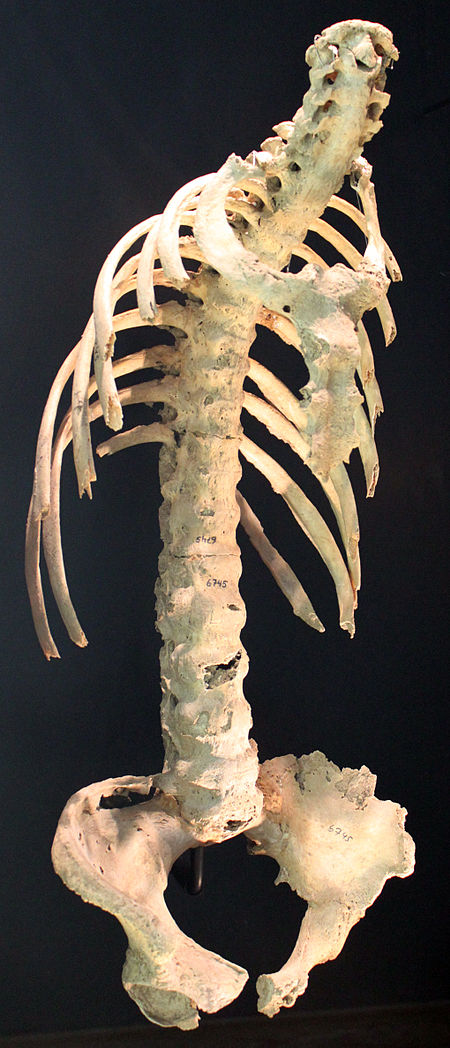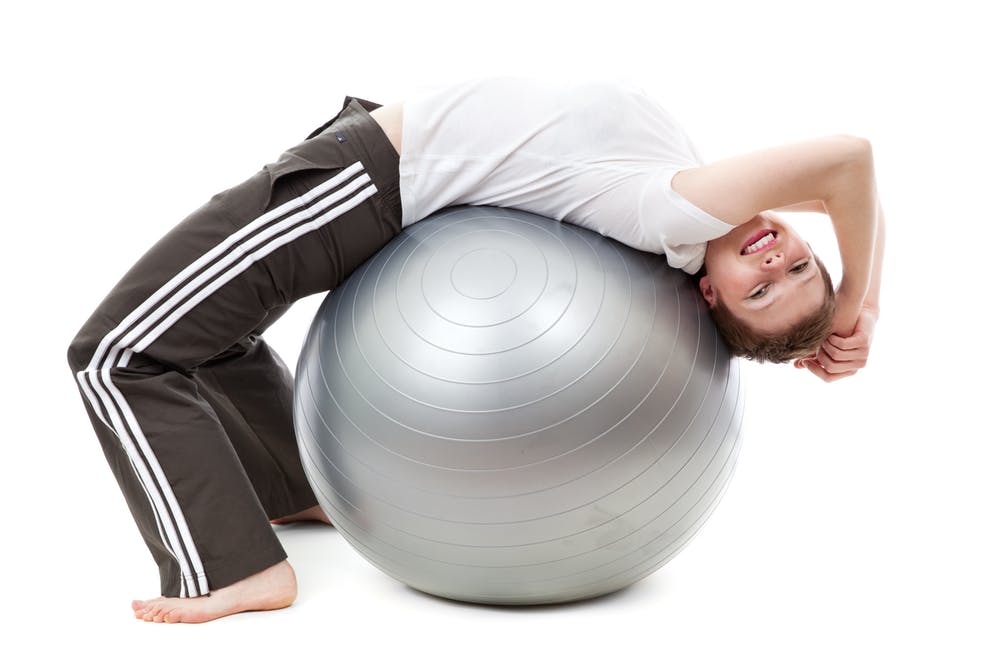|
BOOK NOW |
ASK ABOUT YOUR PAIN |
Home > Blog > Physiotherapy > Conditions > Arthritis > Ankylosing Spondylitis
Ankylosing Spondylitis Physiotherapy

Ankylosing spondylitis is a form of arthritis, and it's number #1 primary character is chronic joint and ligamental inflammation inside the spine.
This leads to long-term
- pain
- decreased range-of-motion
- stiffness
In moderate to severe cases, the bones that are affected which are in the spine, may fuse and join together (this is called ankylosis), leading to a spine that is very hard, rigid, firm.
Because of this, the patient develops a progressively abnormal posture.
Other joints that are not as commonly affected includes the joints of:
- shoulder
- neck
- hip
- knee
- ankles
In some cases, it can affect the organs.
causes and symptoms of ankylosing spondylitis
The scientific community and doctors still do not know exactly why or what causes ankylosing spondylitis, but there is a general agreement that a specific gene HLA-B27 that attributes to genetic and hereditary reasons. However, one thing to note is that even if 90% of patients who suffer from ankylosing spondylitis has the HLA-B27 gene, yet not all people with HLA-B27 gene has the disease.
The disease often starts at the
- lower back and/or
- sacroiliac joints
Early symptoms includes consistent, constant and chronic pain in the lower back and hip joints. Most patients with ankylosing spondylitis often complain of pain and stiffness in their backs or hips after resting for a while.
Over time, the symptoms become worse, and starts to "move" upwards, towards their spine. If it affects the rib cage, the bones in the chest (sternum) and ribs may fuse/join together, and that will definitely affect one's ability to breathe properly, as the ribcage is important to allow the lungs to expand and contract for breathing.
diagnosing ankylosing spondylitis
To begin with, your physician will first diagnose ankylosing spondylitis firstly on symptoms eg
- presence of pain and stiffness and at which
locations (specificly focusing on hips and lower back first)
- physical assessment e.g. testing for presence of pain and range of motion at the affected area
- finding for abnormalities on
X-Rays
- finding for abnormalities on blood tests on presence of the HLA-B27 gene
- and identifying
the disease progression if it has migrated
One important thing to note about ankylosing spondylitis is that its symptoms can be mixed/similar to other conditions such as
- lower back pain
- hip bursitis
- osteoarthritis
- etc
These are all common conditions, so patients will need a doctor who can do differential diagnosis to tell the conditions apart.
ankylosing spondylitis physiotherapy

Physiotherapy will be focused on:
- decreasing the amount of pain
- decreasing inflammation
- managing and preventing joint stiffness
Our senior physiotherapists may use a mix of physio approaches including:
- spinal manipulation and mobilization techniques
- soft tissue stretch and management
- prevent compensation by strengthening weakened groups
- prevent/slow down deformity by postural correction
- muscle
strengthening
- radio-frequency Indiba physiotherapy for pain management
- stability training
- gait and mobility training
Regular and ongoing consistent physiotherapy will be crucial part of the management of ankylosing spondylitis, coupled with the medications from your physician.